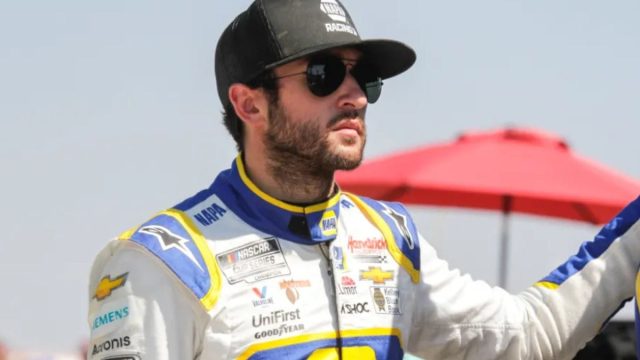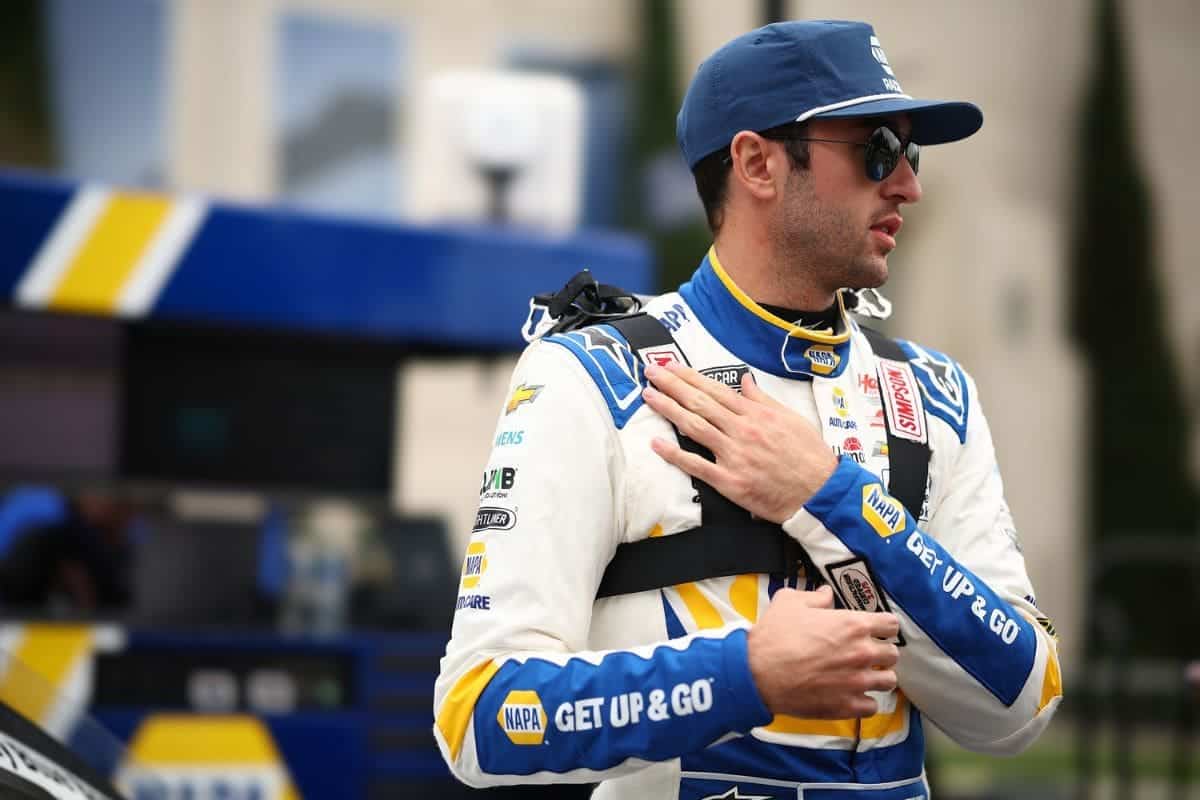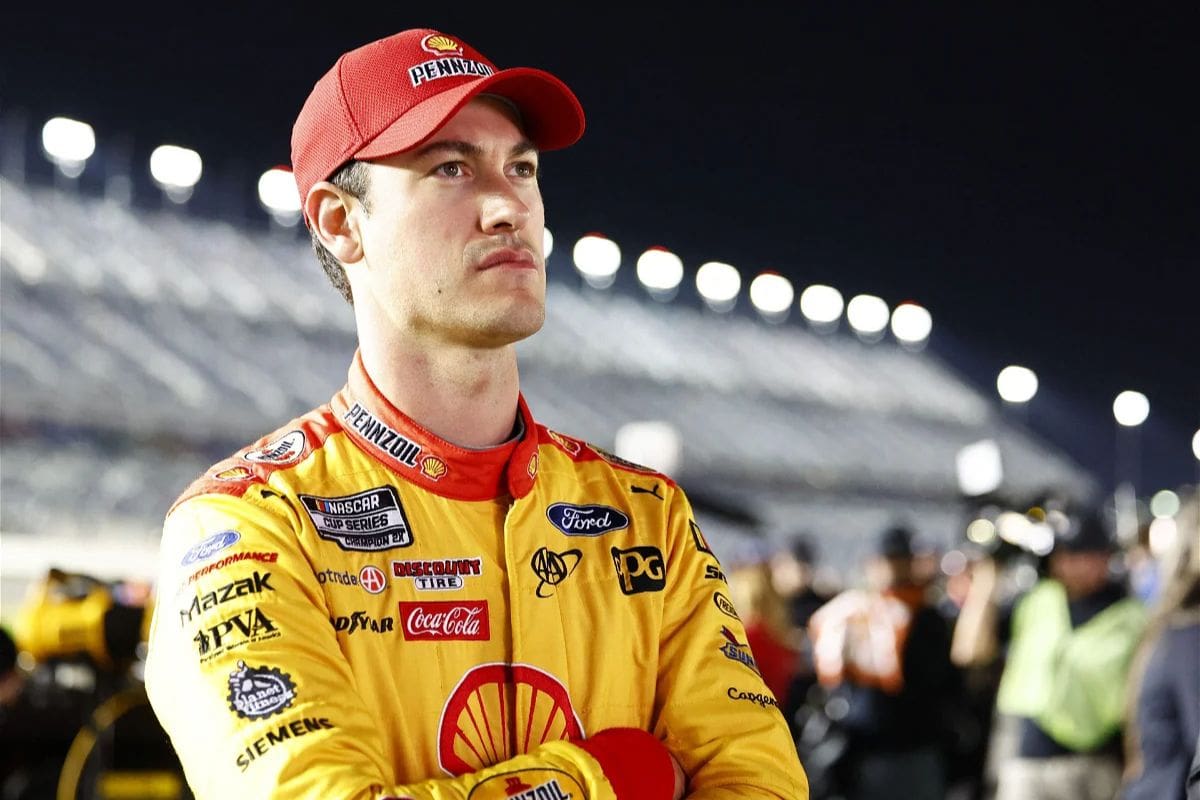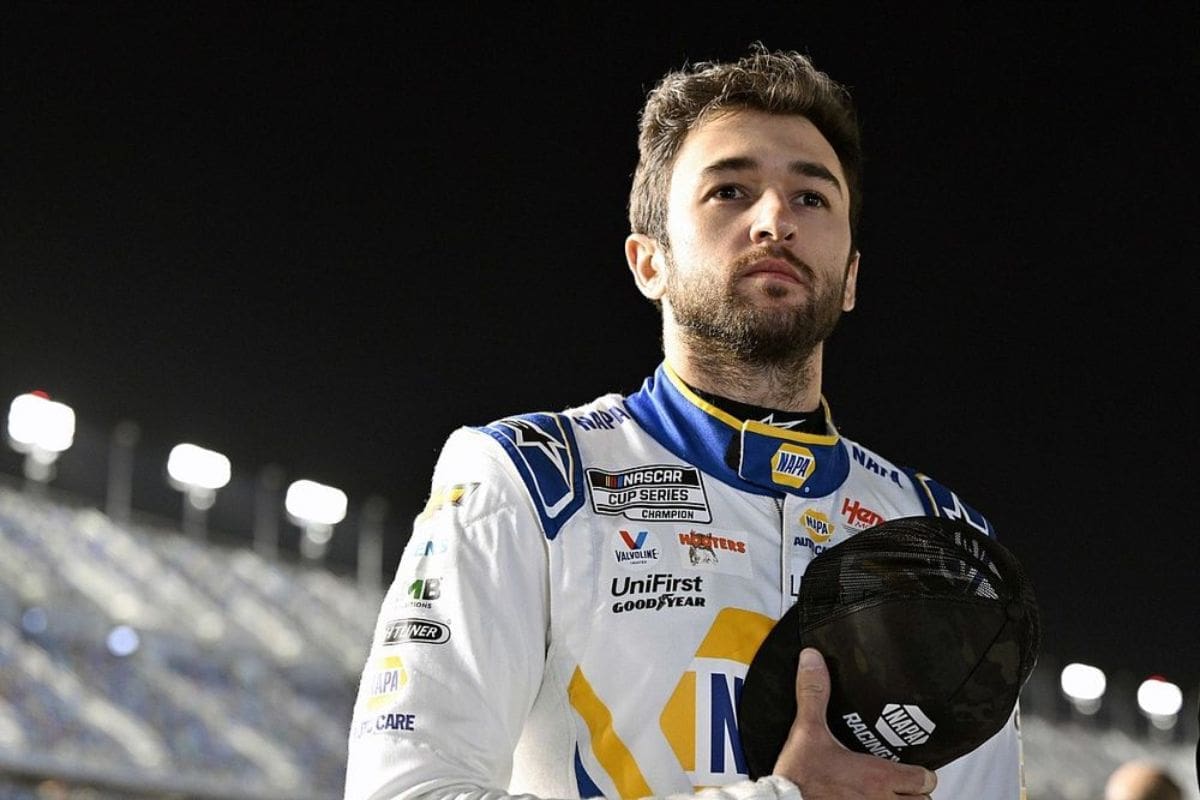NASCAR Ready to Cut Ties With Tire Business: In a surprising turn of events, NASCAR is reportedly prepared to sever its long-time partnership with the tire business following a heated outburst from Chase Elliott regarding tire change rules. Elliott’s impassioned critique has highlighted the persistent and complex challenges linked to tire management within the sport. This potential breakaway emphasizes NASCAR’s dedication to addressing driver concerns and ensuring a transparent competitive environment. With such a significant shift on the horizon, the consequences for both the racing teams and the tire industry are poised to be profound. What strategic moves will NASCAR make next?
Key Highlights
- NASCAR is considering ending its partnership with the tire business due to Chase Elliott’s public frustration.
- Elliott’s outburst highlighted issues with current tire change rules, prompting NASCAR to reconsider their tire supplier relationship.
- NASCAR aims to maintain its image and ensure smooth race operations, driving potential changes in tire partnerships.
- NASCAR’s commitment to safety and performance may influence the decision to seek new tire suppliers.
- Future collaborations and NASCAR’s decision-making process could be impacted by the controversy surrounding tire change procedures.
Chase Elliott’s Frustrations with NASCAR’s Tire Change Rules
During the USA Today 301 at New Hampshire Motor Speedway, Chase Elliott’s frustrations with NASCAR’s tire change rules erupted over the radio as he grappled with vague guidelines and persistent tire issues. Elliott’s discontent was palpable, stemming from the ambiguity surrounding when wet-weather tires could be swapped and the restrictive nature of these regulations. This confusion impacted his race strategy and his general performance, as he struggled to maintain competitive lap times with worn tires.
“These things are about to come apart when can we change”
“We can’t change”
“Ahh fuck why do they have to do this shit and make it so damn complicated”
Again @chaseelliott speaking about @NASCAR
You people don’t listen to your drivers very well.
— Chase Elliott & William Byron Fans (@ChaseElliott_24) June 23, 2024
Elliott’s experience highlights a broader issue within NASCAR’s tire management policies. The lack of clear, consistent guidelines on tire changes can leave drivers and teams in a state of uncertainty, making it difficult to make strategic decisions during critical race moments. This was particularly evident during the New Hampshire event, where changing weather conditions and the need for wet-weather tires added a layer of complexity. The rules, as they currently stand, appear to restrict flexibility and adaptability, both vital for success in a sport where conditions can change rapidly.
The persistent tire issues Elliott faced during the race only served to exacerbate his frustration. With each lap, the degradation of his tires became more pronounced, affecting his grip and handling. The inability to change to fresher tires under unclear guidelines left him at a significant disadvantage, compounding his struggles on the track and leading to his vociferous complaints over the radio.
NASCAR’s Response and Clarifications on Tire Change Procedures
In response to the mounting frustrations from drivers like Chase Elliott, NASCAR’s Senior Vice President of Competition, Elton Sawyer, clarified the tire change procedures to address the evident confusion and safety concerns. During a media briefing, Sawyer acknowledged the disarray that emerged during the event and provided insights on NASCAR’s tire management policies.
Sawyer explained that NASCAR’s primary goal has been to guarantee races start on time, especially when weather poses a threat. This often requires swift adjustments, including tire changes, to prevent delays. However, this strategy has inadvertently led to confusion among teams and drivers.
“I think the way we started this whole wet-weather-tire-process was basically we wanted to get our races started on time. And it really played into our hand yesterday to get the Xfinity race started on time and to get our races back to green as quick as possible if we’ve had a delay, which we had today, so you know, kudos to Goodyear. […] We ran 301-plus laps today. Went into the overtime.” – Sawyer
Sawyer articulated NASCAR’s dedication to evolving their tire management approach, with a long-term vision to transfer more responsibility to individual teams. This shift aims to empower teams to manage tire strategies more effectively, aligning with the competitive nature of the sport. Nevertheless, Sawyer emphasized that any changes would not come at the expense of safety, which remains paramount in NASCAR’s operational ethos.
Elton Sawyer explains the procedures of the wet weather tires, his evaluation of it, why NASCAR didn't call the race considering the severe weather threat in New Hampshire and why they had non-competitive pit stops. pic.twitter.com/3Lx8pzGaZm
— Bob Pockrass (@bobpockrass) June 24, 2024
Moreover, Sawyer acknowledged the need for clearer communication and more transparent guidelines. He suggested that NASCAR would improve its protocols and ensure that all stakeholders are adequately informed about procedural details. By doing so, NASCAR hopes to mitigate any confusion and maintain the integrity of the competition.
“There’s still some things that we’re learning through this process and in all honesty, we’d like to be out of the tire business. We’d like to just turn that over to the teams. But as we continue to take small steps and learn, eventually, we’ll get there. We just want to do this in the safest way possible.” – Sawyer
Joey Logano’s Explanation of Collision with Chase Elliott
Joey Logano offered a detailed account of the critical moment on lap 194 at New Hampshire Motor Speedway, where a mechanical failure in the front end of his car led to an unavoidable collision with Chase Elliott. According to Logano, the malfunction severely compromised his steering capabilities, making it impossible to properly navigate the turn. This unforeseen mechanical issue thrust him into Elliott’s path, resulting in significant damage to both vehicles.
“You’re already in, and you’re just racing to get playoff points anywhere you can. You can’t take as big of risks on certain things because you can’t afford last week to blow a tire. You can’t afford to do it.” – Logano
Logano’s explanation highlights the inherent unpredictability of NASCAR racing, where even the most carefully prepared machines can suffer sudden failures. His open admission emphasizes the technical vulnerabilities that drivers and teams constantly contend with.
The incident on lap 194 is a stark reminder of how mechanical reliability is just as crucial as driver skill in NASCAR. Logano’s detailed breakdown of the failure points to the precise nature of the sport, where a minor defect can cascade into a significant mishap. For Chase Elliott, the collision was equally damaging, as it severely hindered his race performance and overall season momentum.
Joey Logano Reflects on Racing Risks and Playoff Implications
Reflecting on NASCAR, Logano emphasized the delicate balance drivers must strike between important tactics and strategic caution to safeguard their playoff aspirations. In his honest assessment, Logano highlighted the intricate balance that comes with racing at a competitive level, particularly when every point can make or break a driver’s playoff chances.
Logano’s commentary sheds light on the subtle strategic decisions drivers must make during each race. ‘It’s not just about going all out every lap,’ Logano remarked, highlighting the importance of calculated aggression. ‘You have to pick your moments, know when to push and when to hold back. One wrong move can cost you dearly in the standings.’
This balancing act is further complicated by the unpredictable nature of racing dynamics and the varying performance of tires, which have been a contentious issue this season. Logano pointed out that the condition and reliability of tires directly influence a driver’s ability to employ an aggressive strategy safely. This makes the current debate over tire performance particularly relevant for drivers aiming to maintain their competitive edge without compromising their playoff standing.
Impact on Chase Elliott’s Race and Standings
Amid the chaos of the recent race, Chase Elliott’s collision with Joey Logano proved to be a significant moment that greatly derailed Elliott’s trajectory in the standings. The incident, which saw Elliott drop to 18th place by the race’s end, had profound implications not only for his immediate race results but also for his standing in the Cup Series. This drop allowed Kyle Larson to seize the lead, a noteworthy shift that highlights the volatile nature of NASCAR competition.
Elliott’s collision with Logano was not merely a fleeting mishap; it was a critical event with lasting repercussions. Prior to the incident, Elliott was positioned to contend for a top finish, which would have solidified his standing and possibly even advanced him within the championship rankings. However, the aftermath of the crash saw him struggling to regain momentum, ultimately compromising his performance.
Kyle Larson’s ascent to the top of the standings following Elliott’s misfortune highlights the razor-thin margins that define NASCAR’s competitive landscape. Elliott’s slip in the standings serves as a stark reminder of how a single incident can alter the course of a season. The crash not only impacted his race day but also reverberated through the championship race, affecting team strategies and driver morale.
News in Brief: NASCAR Ready to Cut Ties With Tire Business
Chase Elliott’s outburst has sparked a crucial reassessment of NASCAR’s tire management policies, highlighting deep-seated issues within the sport. NASCAR’s potential severing of ties with the tire industry emphasizes a commitment to addressing driver concerns and maintaining competitive integrity.
Joey Logano’s insights further clarify the inherent risks and playoff implications faced by drivers. Ultimately, such measures are essential for the evolution of NASCAR, ensuring a fair and transparent racing environment.
Our Reader’s Queries
Q. What is the tire policy in NASCAR?
A. Teams are mandated to use a uniform set of four tires throughout the event, without mixing different types. Qualifying for both the All-Star Open and the All-Star Race will exclusively utilize prime tires. At the start of practice, heats, and the Open, teams have the option to choose either tire type for their sessions.
Q. What tire company does NASCAR use?
A. Since 1954, Goodyear has held the distinguished role of being NASCAR’s official tire supplier.
Q. How do NASCAR tires work?
A. Many teams opt to replace air with nitrogen in their tires, as nitrogen contains less moisture when compressed. This reduces the risk of pressure fluctuations as the tire heats up, preventing the expansion caused by moisture vaporizing inside the tire.
ALSO READ: Chase Elliott’s Surprising 2024 NASCAR Season: What You Didn’t Know



